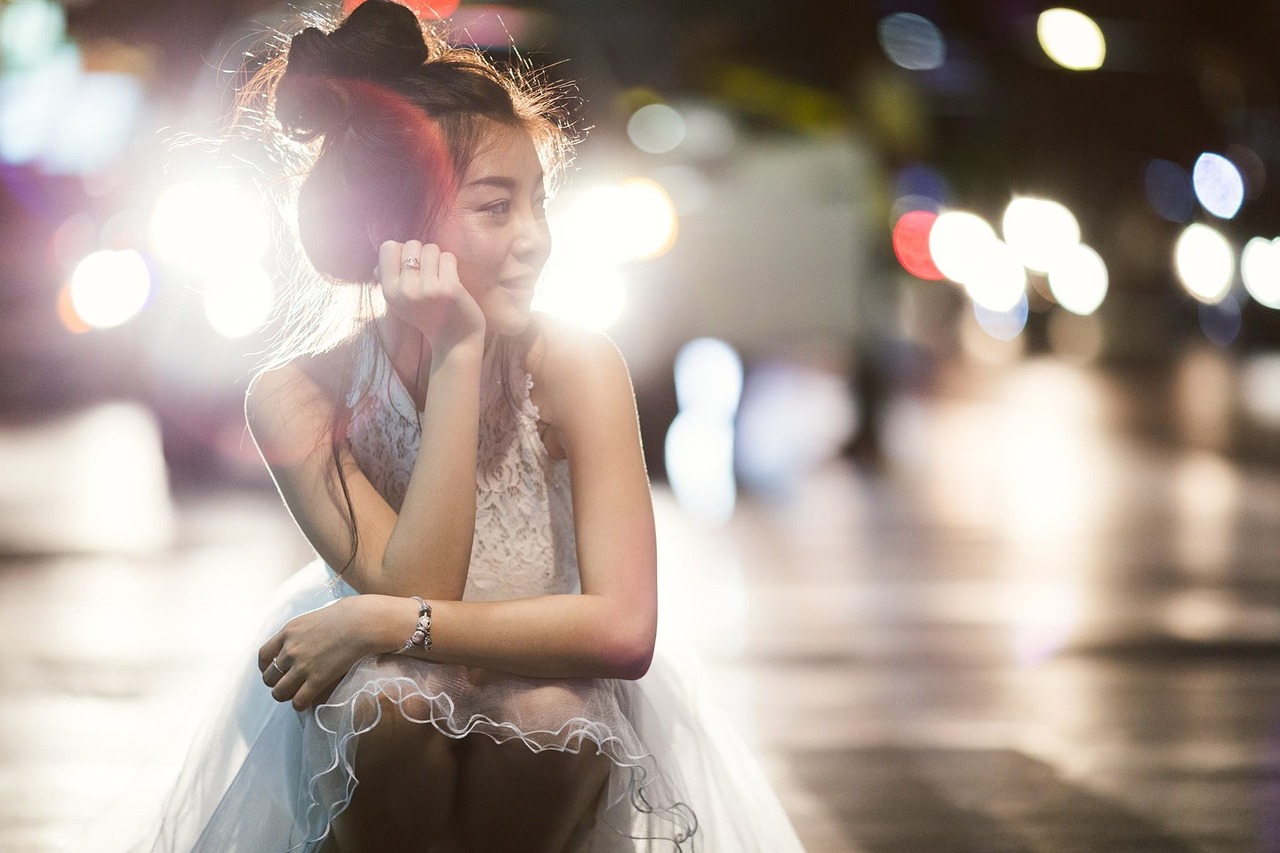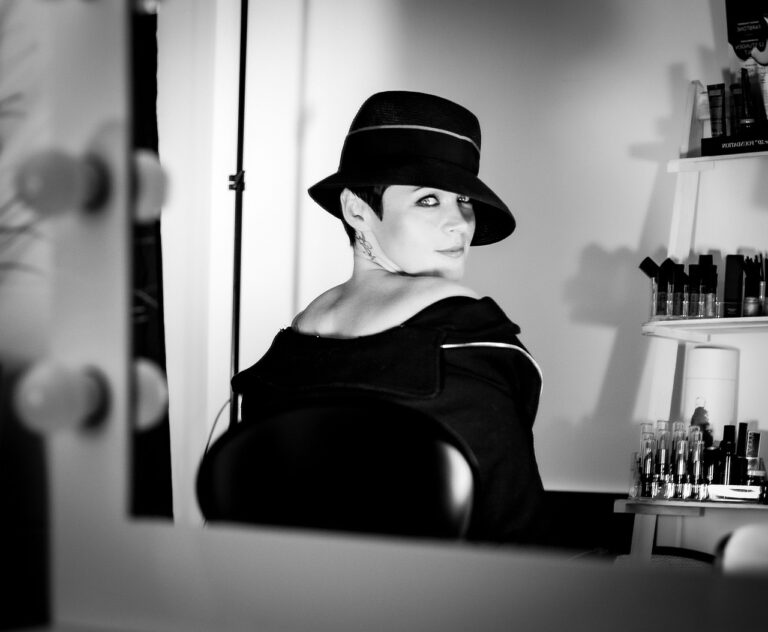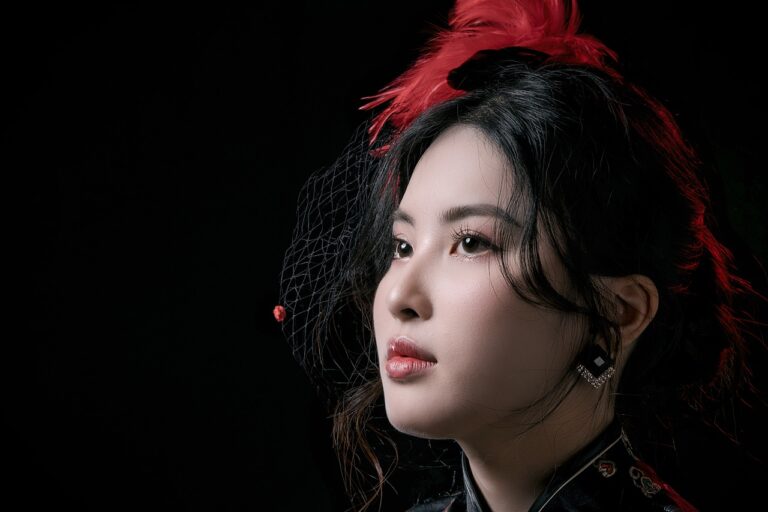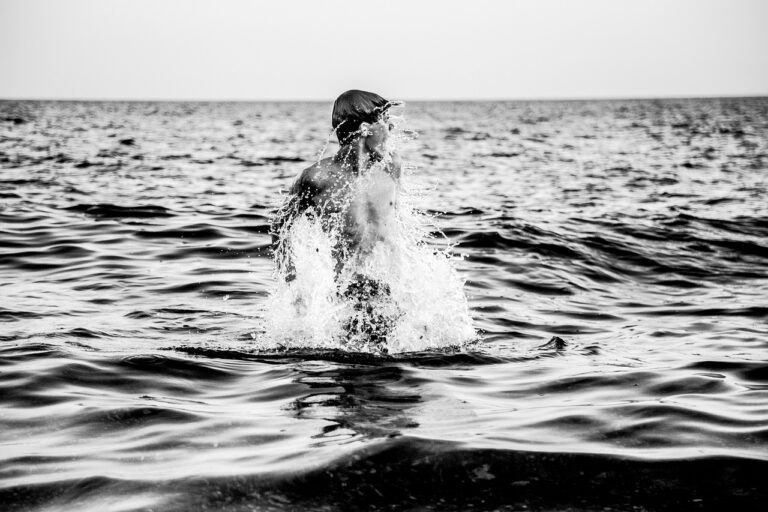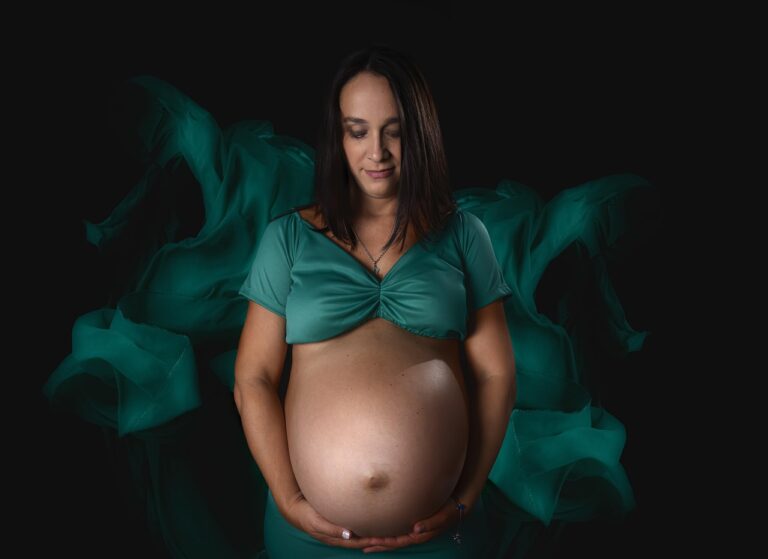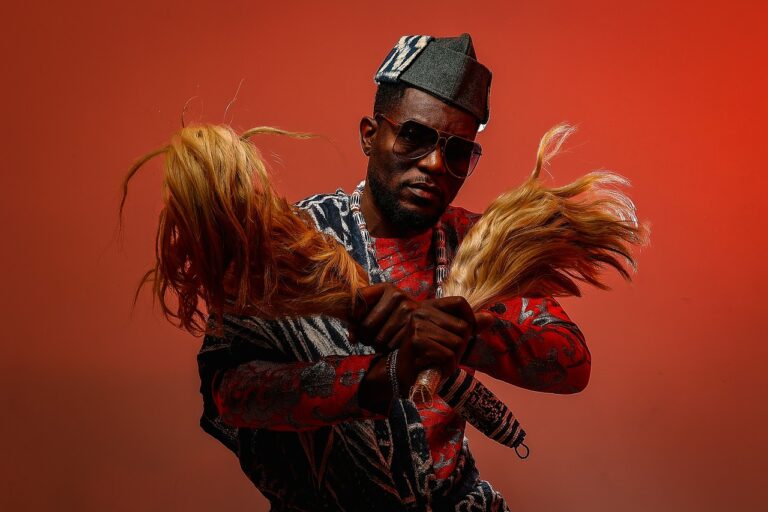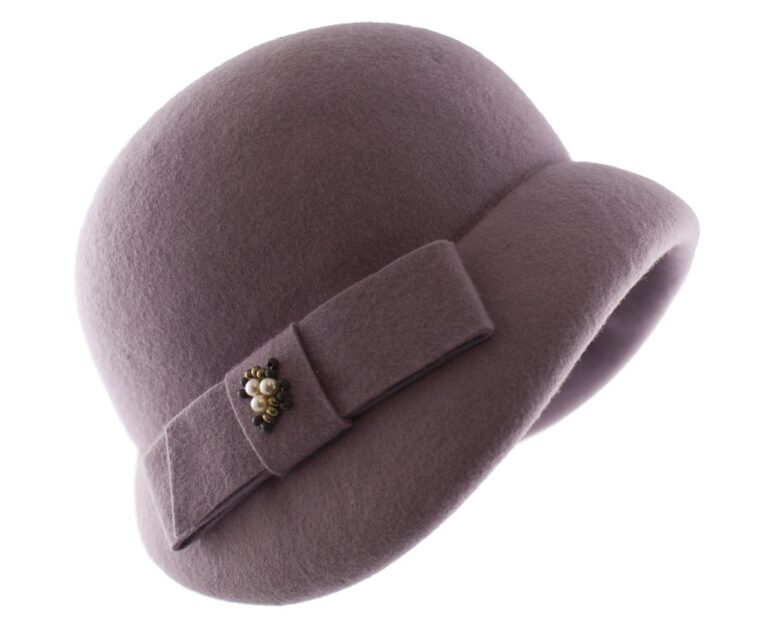Redefining Beauty Standards in the Fashion Industry: Embracing Diversity and Inclusivity
Over centuries, beauty standards in fashion have evolved significantly, reflecting the cultural values and societal norms of each era. In ancient civilizations, such as Egypt and Greece, ideals of beauty were often associated with features that symbolized youth, fertility, and health. For example, in ancient Egypt, smooth skin, dark hair, and slender figures were seen as desirable traits that were depicted in their art and clothing styles.
During the Renaissance period, beauty ideals evolved to embrace fuller figures, pale skin, and delicate features, symbolizing wealth and luxury. Paintings from this era often portrayed women with soft curves, adorned in intricate garments that emphasized their status and refinement. The Victorian era brought a new set of beauty standards, with women expected to have tiny waists, pale complexions, and demure expressions, reflecting notions of modesty and femininity at the time.
• In ancient Egypt and Greece, beauty standards focused on features like smooth skin, dark hair, and slender figures
• Renaissance period embraced fuller figures, pale skin, and delicate features symbolizing wealth and luxury
• Victorian era brought beauty standards of tiny waists, pale complexions, and demure expressions reflecting modesty and femininity
The Impact of Media on Beauty Ideals
The media plays a significant role in shaping societal beauty ideals. Images presented in magazines, advertisements, and social media platforms often depict a narrow definition of beauty that can lead to unrealistic standards. These portrayals can create feelings of inadequacy and self-doubt in individuals who do not fit into the conventional mold of beauty.
Moreover, the constant bombardment of these idealized images can contribute to the perpetuation of harmful stereotypes and discrimination based on physical appearance. This can have negative effects on individuals’ self-esteem and mental well-being, as they strive to meet unattainable beauty standards set by the media.
The Rise of Diversity in Fashion Campaigns
The fashion industry has been undergoing a significant shift towards embracing diversity in recent years. Gone are the days when beauty ideals were narrowly defined by a one-size-fits-all standard. More and more fashion brands and campaigns are now making a conscious effort to showcase a wider range of models from various ethnicities, body types, and gender identities.
This push for diversity is not just a passing trend, but a reflection of a larger societal change. Consumers are increasingly demanding to see themselves represented in the fashion world, and brands are taking note. By featuring models who break the traditional mold, fashion campaigns are sending a powerful message that beauty comes in all shapes, sizes, and colors.
What are the traditional beauty standards in fashion?
Traditional beauty standards in fashion have typically focused on a narrow definition of beauty, often emphasizing Eurocentric features such as fair skin, thin bodies, and straight hair.
How has the media influenced beauty ideals in fashion?
The media has played a significant role in perpetuating narrow beauty ideals by showcasing a limited range of models and celebrities who fit the traditional standards of beauty.
Why is diversity important in fashion campaigns?
Diversity in fashion campaigns is important because it promotes inclusivity and celebrates the beauty of individuals from all backgrounds, ethnicities, and body types. It helps to break down stereotypes and empowers individuals to embrace their unique traits.
How can the rise of diversity in fashion campaigns impact society?
The rise of diversity in fashion campaigns can have a positive impact on society by promoting acceptance, representation, and diversity. It can help individuals feel more confident and empowered, and inspire others to embrace their own unique beauty.

